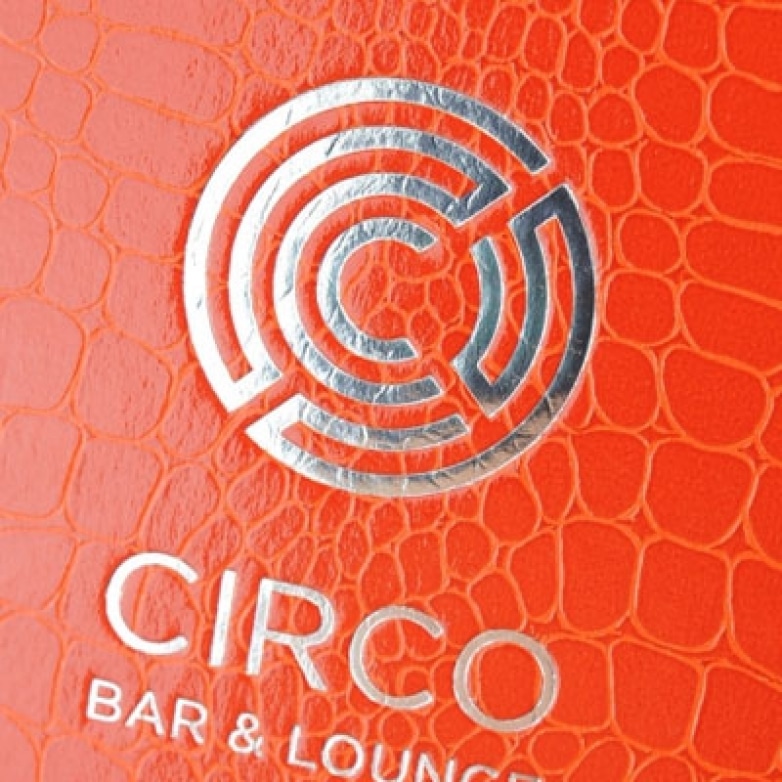Branding is very important for every type of hospitality venue; from guest houses, to chain hotels, restaurants and coffee houses.
Organisations such as these have to spend money to stand out from the competition. The more uniformed your brand is, and the more it is incorporated that brand is into every aspect of your business, the more customers will remember you and recommend you.
Once a strong logo, colourways and company strapline have been decided, can a restaurant begin to implement an image of themselves prior to the customer actually ordering and tasting their food. This image is their brand.
What the restaurant owners think…
When you speak with many restaurants and ask them how they implemented their brand inhouse, one of the first things they usually say is through signage, banners and A-boards. Whilst many do purchase menu covers, they fail to mention this as part of their branding strategy. Either restaurateurs don’t realise they can include their logos and brands on their covers or they believe that it is too costly to do so; the amount of covers that are purchased plain is astonishing! Personalising your menu covers is actually very cost-effective, with the potential to achieving plentiful rewards.
Brand yours menus using simple and traditional personalisation techniques:
Two of the most popular forms of personalisation are hot foiling (foil blocking) and embossing (blind embossing); both require the manufacturing of a metal plate in the form of a given logo or associated company image. With hot foiling, the metal plate is filled with a colour foil of your choice (although metallic gold and silver are usually the most used) and then stamped onto the exterior of your menu cover. With blind embossing, the image appears as a relief on the metal plate, which is then conversely pressed into the material: this proves for a very long shelf life.
Beyond menu covers…
Many organisations forget others forms of effectively expanding their brand awareness; that is through printed company stationery and direct marketing material. These are the documents through which you can make people aware with your actual services; business cards, postcards, leaflets, flyers, compliment slips, events’ posters and even receipts. These are your tools that you need when dealing with people (your potential customers). Apart from that you need to understand the mentality and thinking of your potential and targeted set of customer for better campaign planning.
Build and execute your brand with care and attention to detail.
It’s very important for you to ensure the quality and design of all your branded presentational products, company stationery and direct marketing material. These are tangible items that will end up in the hands of your targeted set of customers: they create those all-important first impressions, and have to be perfect and accurate according to the required industry standards. Take extra special care of information being published on your stationeries, along with the size and look of your logo, and remember that they are the decision factors behind brand imaging.
